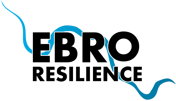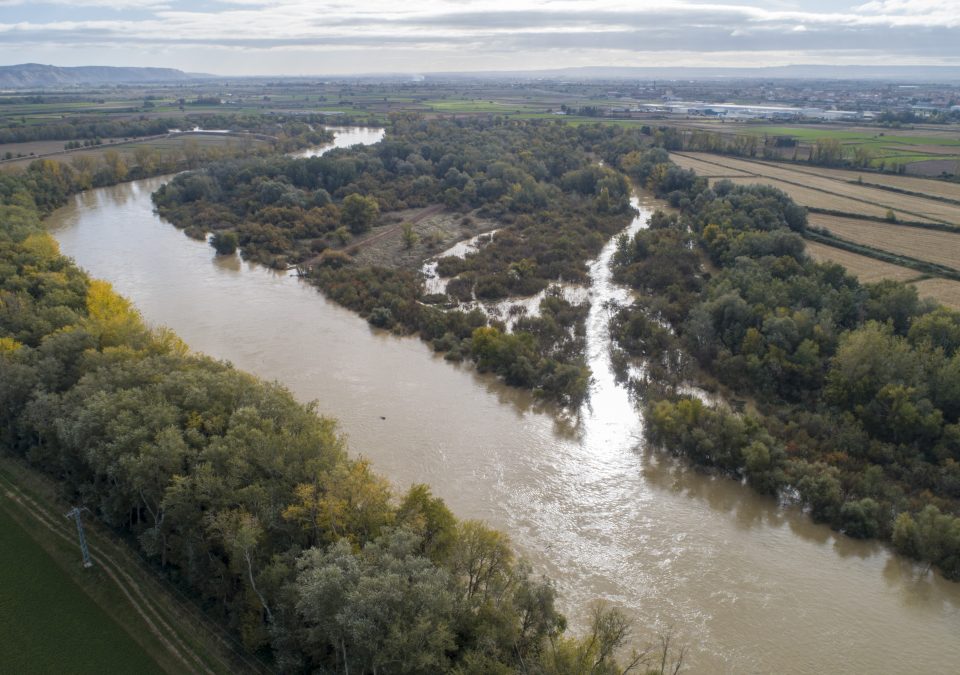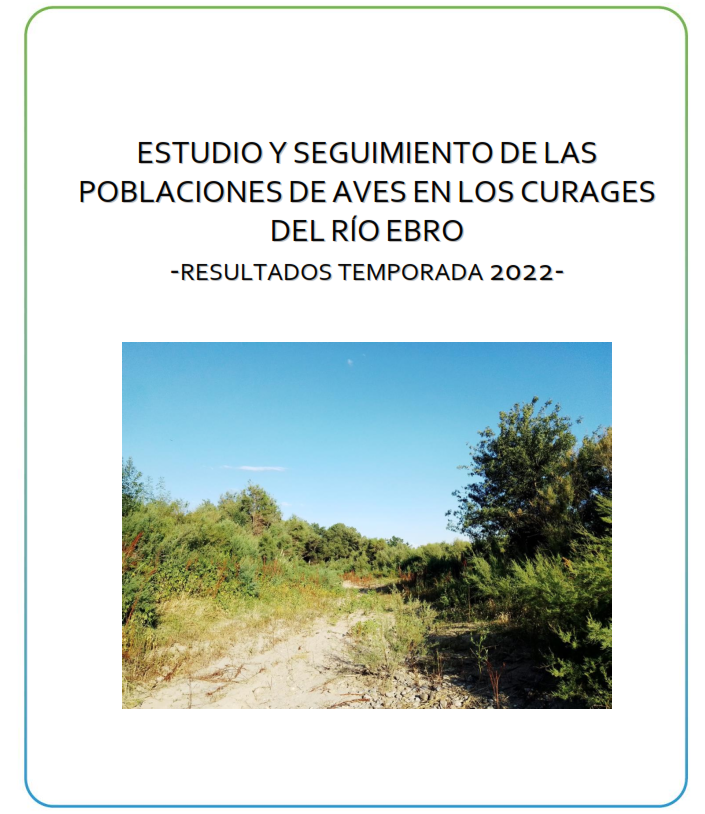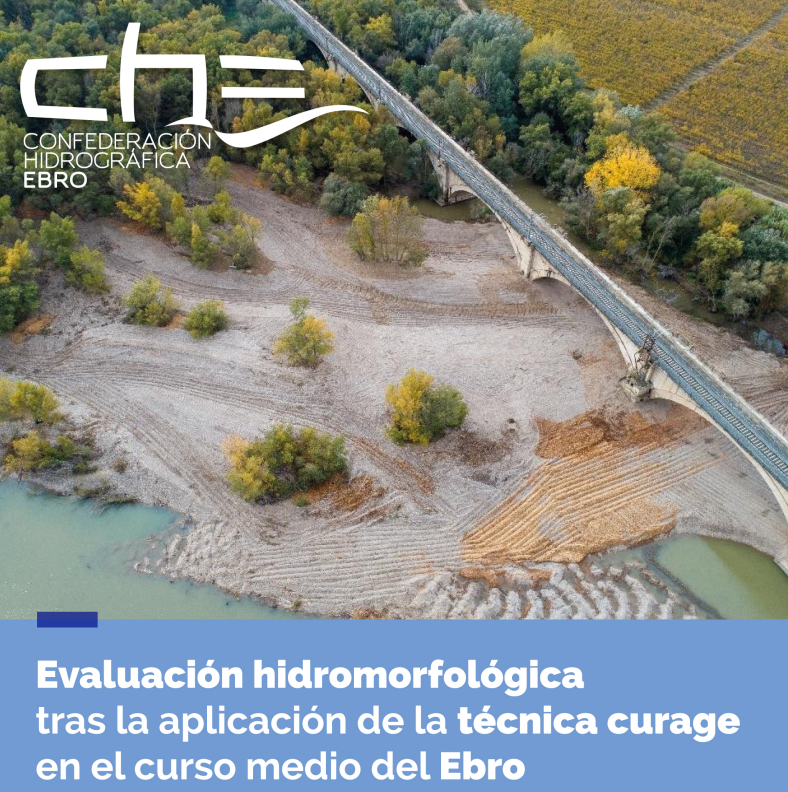Our website includes a documentary novelty: the link to the studies commissioned by the Ebro Hydrographic Confederation – CHE (Ministry for Ecological Transition and Demographic Challenge), to increase knowledge about the application of the curage technique in the Ebro basin. This technique makes it possible to recover the hydraulic and environmental functionality of old branches of the river and is one of the actions that, combined with other interventions, reduces the impact on flood risk.
The CHE has been applying this technique since the 2018 floods and wanted to deepen the understanding of its effects and benefits. For this reason, two external scientific entities were commissioned to carry out monitoring studies, both on aspects related to ecosystem recovery and river dynamics.
Bird populations
During 2022 SEO BirdLife conducted field visits in autumn-winter (wintering) and spring-summer (breeding period) to 11 interventions in the province of Zaragoza.
A total of 109 species have been reported, both in the recovered arms and in their immediate environment. Of these, 71.56% are included in the List of Wild Species under Special Protection Regime, 10.09% in the Catalogue of Threatened Species of Aragon (CEAA) and 0.92% in the National Catalogue of Threatened Species (CNEA). In this sense, it is worth mentioning the observation of the red kite (classified as “Endangered” in the CNEA) and the purple heron (classified as “Vulnerable” in the CEAA).
One of the most relevant results of the study is that the bird community of the study area has a high diversity .
In addition, among its conclusions, it highlights that the maintenance of larger trees, together with the reopening of the branches, which create corridors, may favor the nesting of some species of raptors, including the black kite.
Regarding the management of the copses, it is indicated that, a priori, copses with a greater variety of landscape elements should contribute to a greater diversity of birds, while very dense copses would be less suitable for the establishment of numerous and varied bird communities.
In this way, a planning based on environmental criteria of the interventions could contribute to the creation of potentially suitable habitats for the establishment of diverse bird communities, which benefit from copses with varied vegetation and a good representation of tree and shrub strata.
In addition to this issue, a series of recommendations have been established, such as reducing accessibility to the areas of action with vehicles as much as possible, since they create disturbances that can affect nesting.
River dynamics
The Environmental Sciences Institute of Aragon of the University of Zaragoza has been in charge of carrying out the hydromorphological evaluation study after the application of the curage technique in the middle stretch of the Ebro.
This study, carried out in 16 interventions in La Rioja, Navarra and Aragón, identifies the factors that may be key to enhancing the beneficial aspects of this technique and provides recommendations.
The study is justified by the pioneering nature of these actions and the need to evaluate and monitor them in anticipation that they will continue to be carried out and be extended to other river courses, for which it will be of great interest to know their positive aspects, as well as to identify those that could have undesirable repercussions, such as the alteration of the landscape or the anthropization of the riparian space.
The main conclusion is that in most of the cases studied, the recovery of lost river branches makes the riverbed more complex.This is very relevant and positive at a hydromorphological level, giving it greater resilience, but also at an ecological level, since the environments are multiplied and diversified, especially the ecotones.
They are considered nature-based actions and are positive as adaptation measures, avoiding interventions with greater impact on the ecosystem.
The report recommends that this type of intervention be prioritized in meander areas disconnected from the main channel, integrating the recovery of old river branches or paleochannels, which allows them to be considered as a river restoration action.
These reports can be consulted in full on the CHE website and also in the Documents section of the Ebro Resilience website.



